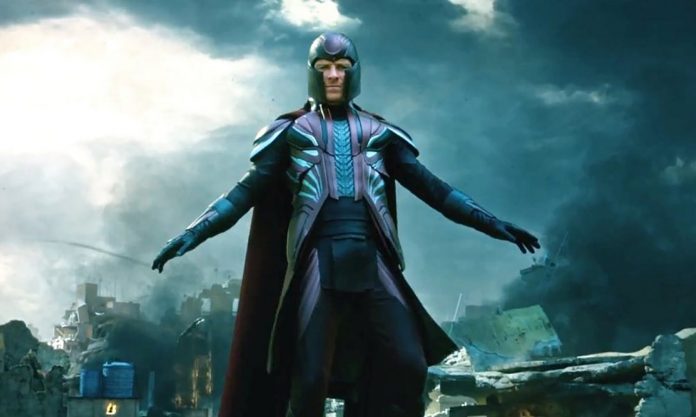In a post on Writers Helping Writers, Becca Puglisi offers advice on creating a type of character that may sound like an oxymoron: the moral villain.
In contrast to the evil-by-nature villains – the shark in Jaws, the entity in Alien – human villains can be emotionally and intellectually complex. “Though a nightmare now, they weren’t born that way; life, past events, and the evil of others have made them the villains they are today,” Puglisi says. “They’re terrifying because they were once normal—just like me.”
So, how can you create a villain with a moral code, albeit a twisted one? Puglisi shares some tips:
- Create a strong backstory. Do you spend as much time creating a backstory for your villain as you do for your protagonist? You should. How were they raised? What caused them to turn to cruelty? “Dredge it up and create a profile,” Puglisi says. “Then dole out the important bits to readers so they can get a glimpse of who the villain used to be and how they became a monster.”
- Know the villain’s moral code. “To make your villain truly ominous, give them a reason for doing what they do,” Puglisi writes. “Make her believe there is value in their choices.” It’s bad enough when a villain acts with evil intent. It’s creepier when they seem to believe their choices are acceptable. (See: Nurse Ratched).
- Know your villain’s boundaries. All but the cheesiest villain has a boundary they won’t cross. Do they have a soft spot for children, pets, art, or honesty? Giving them that bit of humanity will intrigue your reader.
- Give your villain someone to care about. Similarly, even the worst people have someone they love, usually more than they love themselves. They’ll betray or hurt anyone, except that person.












